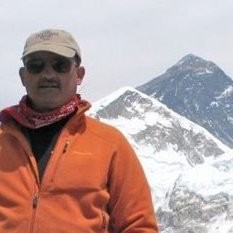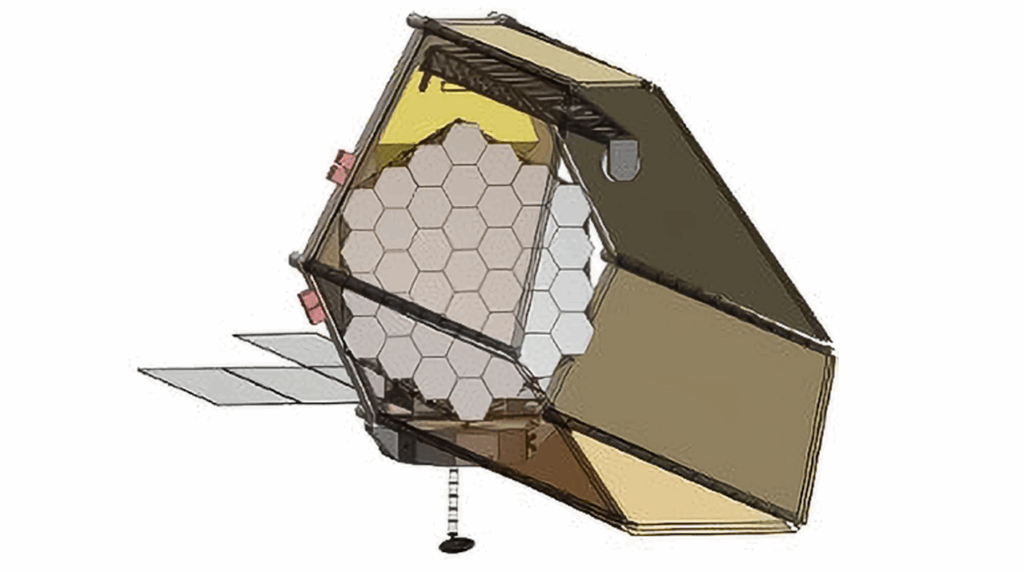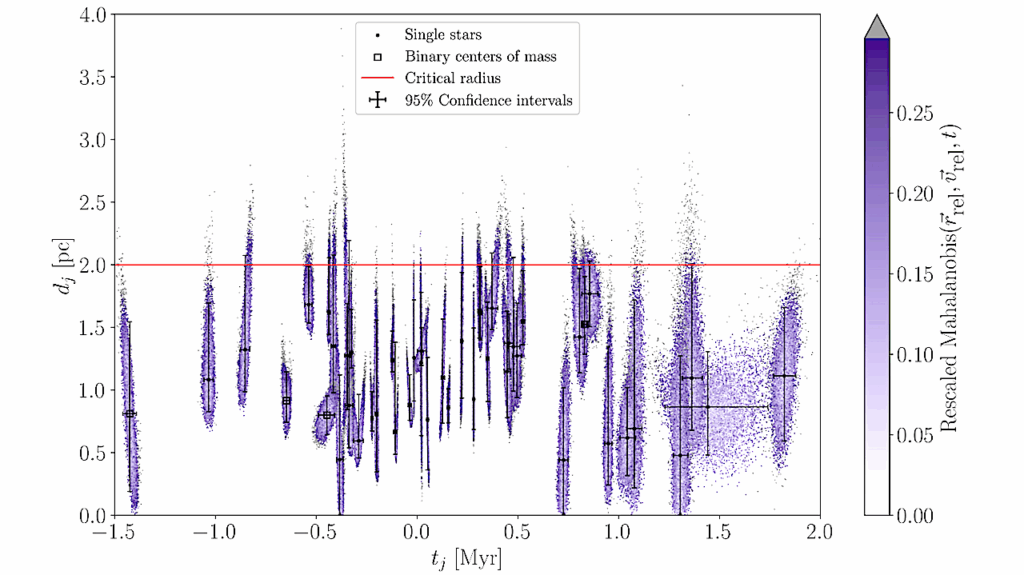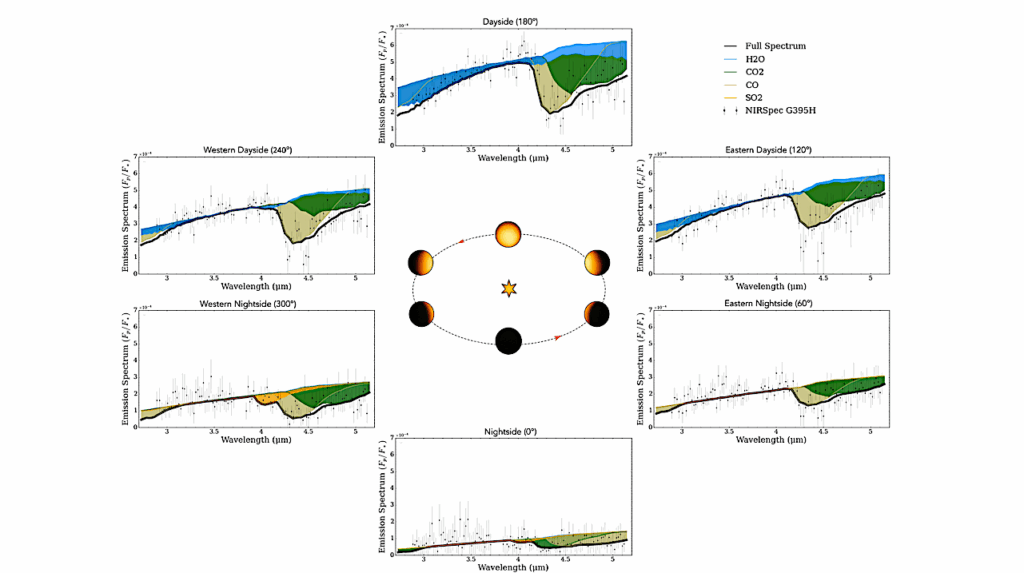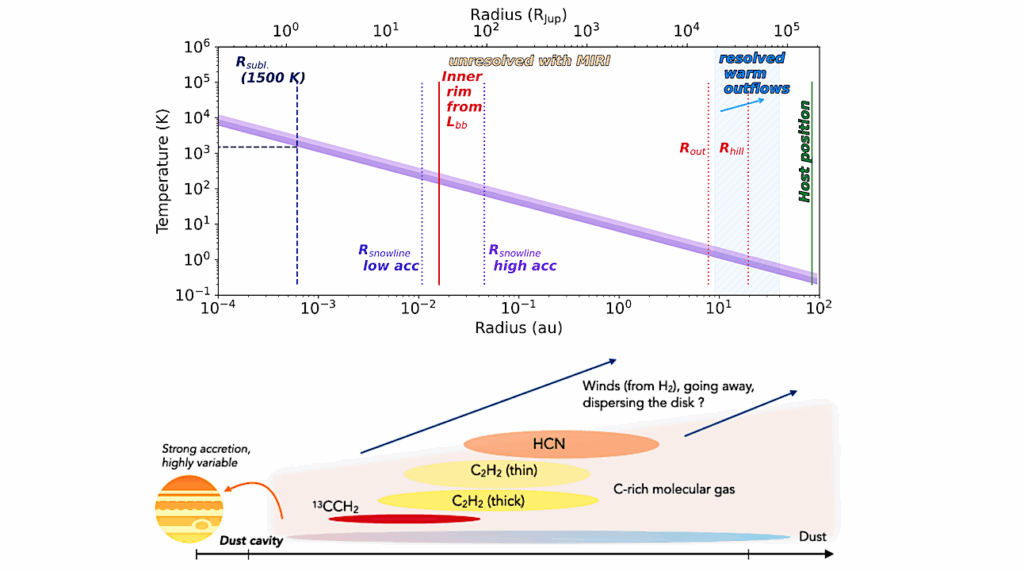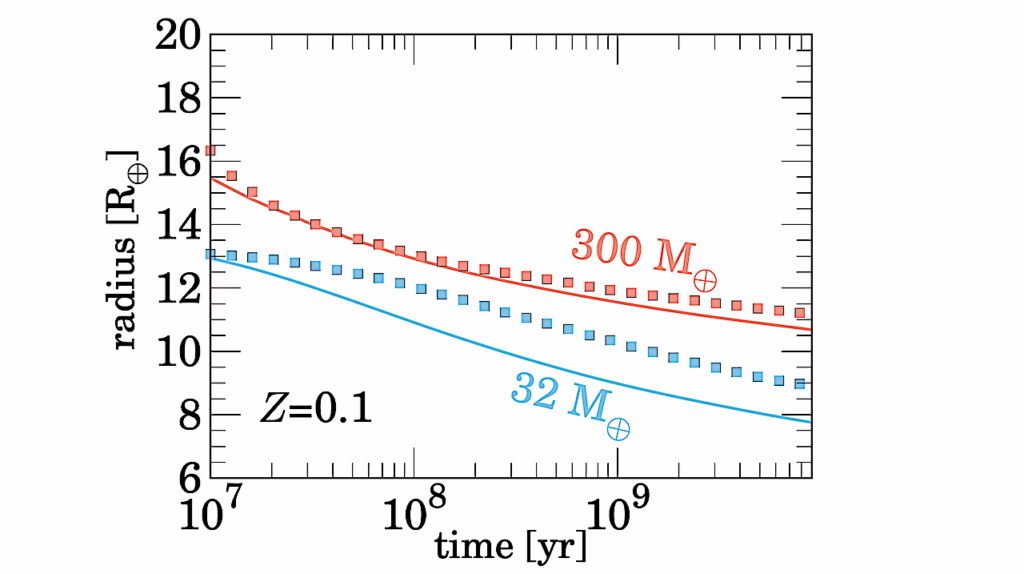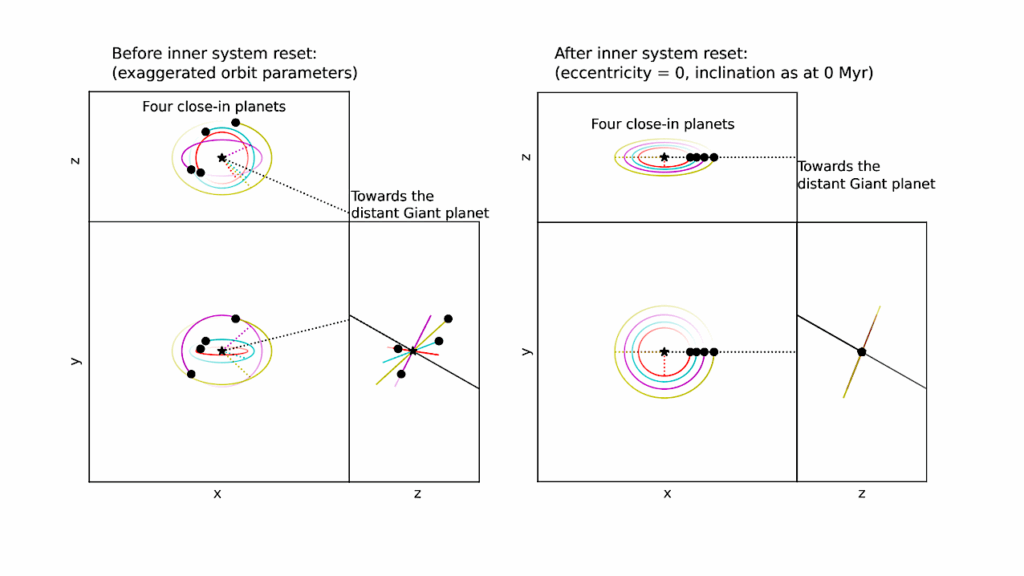Survival of Habitable Planets in Unstable Planetary Systems

Many observed giant planets lie on eccentric orbits. Such orbits could be the result of strong scatterings with other giant planets. The same dynamical instability that produces giant planet scatterings can also alter the orbits of terrestrial planets.
For example, a habitable rocky planet in the system can be ejected or transported to an orbit outside the habitable zone. Therefore, there is a link between observed giant planets and the habitability of smaller planets in the system. We say that a habitable planet has resilient habitability if it is able to avoid ejections and collisions and its orbit remains inside the habitable zone. Here we model the orbital evolution of rocky planets in planetary systems where giant planets become dynamically unstable. We measure the resilience of habitable planets as a function of the observed, present-day masses and orbits of the giant planets.
We find that the survival rate of habitable planets depends strongly on the giant planet architecture. Systems with three Jupiters (3J) are far more destructive than systems with four giant planets of unequal masses (4G), akin to the architecture of the solar system. In terms of observables, we find that giant planets with eccentricity above 0.4 originate only in 3J systems and very rarely have habitable interior planets. For a giant planet with an present-day eccentricity of 0.2 and semimajor axis of 5 AU orbiting a Sun-like star, 50% of the orbits in the habitable zone are resilient to the instability.
As semimajor axis increases and eccentricity decreases, a higher fraction of habitable planets survive and remain habitable. However, if the habitable planet has rocky siblings, there is a significant risk of rocky planet collisions that would sterilize the planet.
Daniel Carrera, Melvyn B. Davies, Anders Johansen
(Submitted on 4 May 2016)
Comments: Submitted to MNRAS. Comments welcome
Subjects: Earth and Planetary Astrophysics (astro-ph.EP)
Cite as: arXiv:1605.01325 [astro-ph.EP] (or arXiv:1605.01325v1 [astro-ph.EP] for this version)
Submission history
From: Daniel Carrera
[v1] Wed, 4 May 2016 15:54:49 GMT (3817kb,D)
http://arxiv.org/abs/1605.01325

